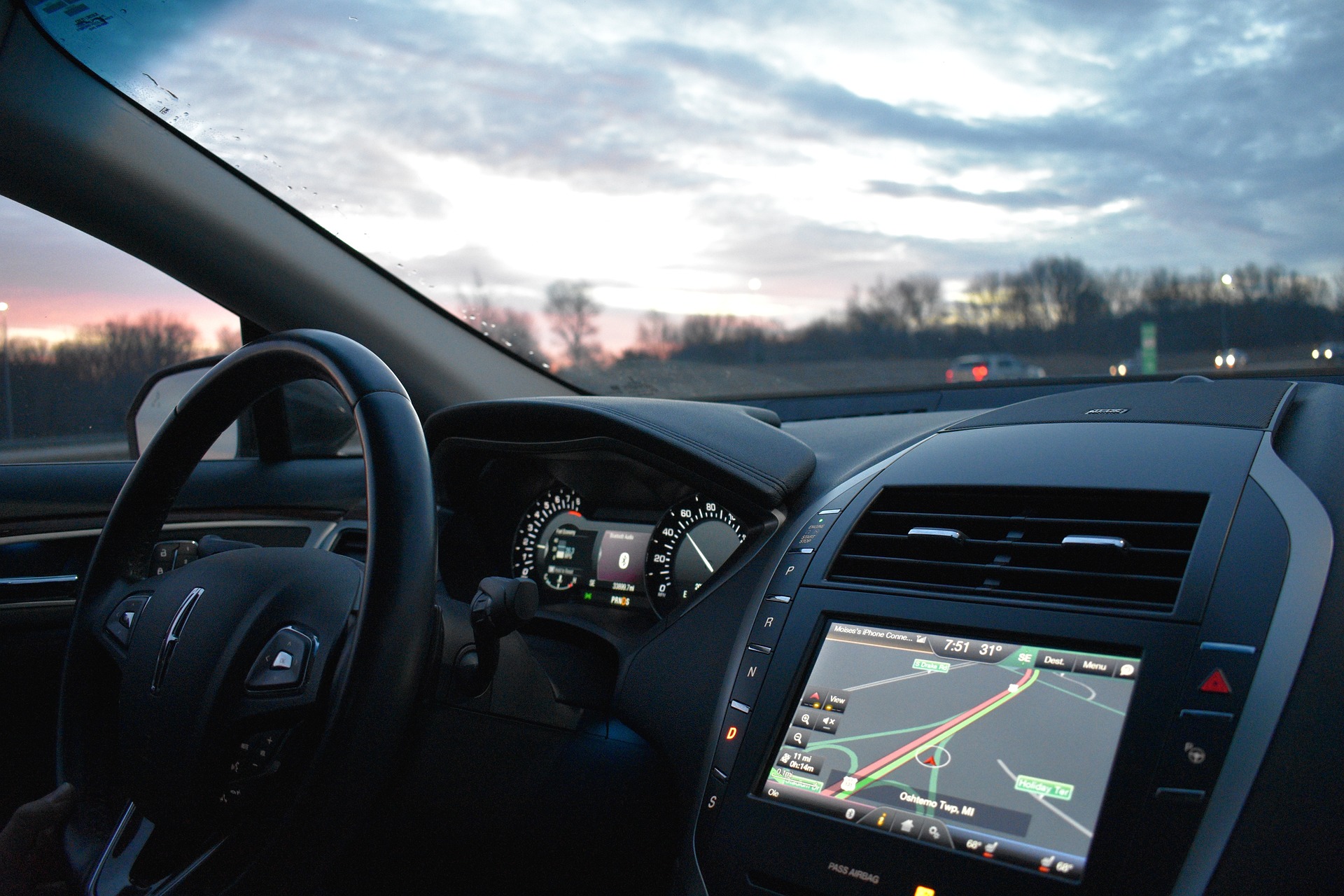Driving the Future: The Potential of Hydrogen Fuel Cell Vehicles
Imagine a world where filling up your tank doesn't mean pumping gallons of gas into your car but rather, you're simply topping off on hydrogen. Welcome to the intriguing world of Hydrogen Fuel Cell Vehicles (HFCVs), a technology that promises environmental sustainability without compromising the driving range and performance.

A Look Back at the Birth of Hydrogen Fuel Cell Vehicles
The concept of hydrogen as a fuel source isn’t new. It was in the early 19th century when Sir William Grove, a Welsh judge and scientist, invented the first fuel cell by reversing electrolysis. Fast forward to the 20th century, General Motors, in 1966, unveiled the Electrovan, the first-ever vehicle powered by hydrogen fuel cells. Despite its groundbreaking technology, the Electrovan was too expensive and too complex for mass production. However, it laid the foundation for future developments in HFCVs.
Understanding the Magic of Hydrogen Fuel Cells
At the heart of every HFCV is the fuel cell stack. Its primary function is to convert hydrogen and oxygen into electricity, which powers the vehicle’s electric motor. The only byproduct of this reaction? Water vapor, making HFCVs remarkably clean and efficient. This technology offers the benefits of electric vehicles like zero tailpipe emissions, quiet operation, and instant torque, but without the long charging time. Instead, HFCVs can be refueled in just minutes, much like gasoline-powered cars.
The Current State of Hydrogen Fuel Cell Vehicles
Today, the market for HFCVs is gradually growing with several car manufacturers including Toyota, Hyundai, and Honda leading the way. The Toyota Mirai, Hyundai Nexo, and Honda Clarity are among the few HFCVs commercially available today. However, there’s a significant hurdle that HFCVs must overcome: infrastructure. Building a network of hydrogen refueling stations is a costly and complex task. As of 2021, there were only 44 public hydrogen filling stations in the United States, primarily in California.
The Impact and Potential of Hydrogen Fuel Cell Vehicles
Despite the challenges, the potential of HFCVs is enormous. They offer a promising way to decarbonize the transportation sector, especially for heavy-duty vehicles like trucks and buses, where battery technology might not be the most effective solution. Moreover, hydrogen can be produced from a variety of sources, both renewable and non-renewable, offering flexibility in terms of energy security.
However, it’s essential to note that for HFCVs to be truly green, the hydrogen must be produced sustainably, either through electrolysis powered by renewable energy or from natural gas with carbon capture technology.
A Glimpse into the Future
In the end, hydrogen fuel cell vehicles represent an exciting frontier in the automotive world. As we strive towards a more sustainable future, HFCVs, along with battery electric vehicles, are poised to play a crucial role. As technology advances and infrastructure expands, we can look forward to a time when hydrogen-powered cars become a common sight on our roads. The road ahead might be challenging, but the potential rewards make it a journey worth taking.




